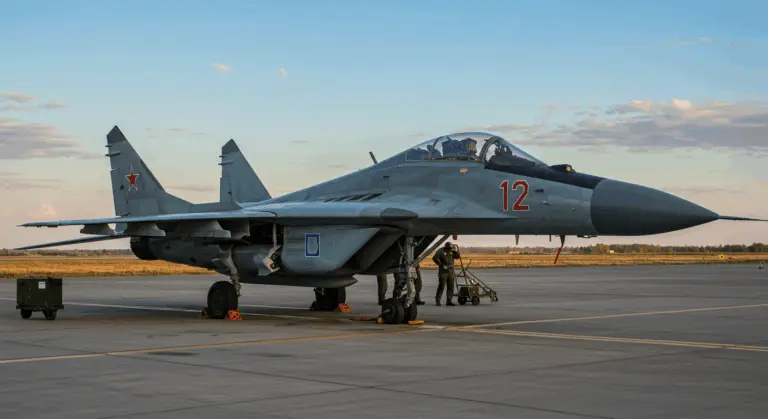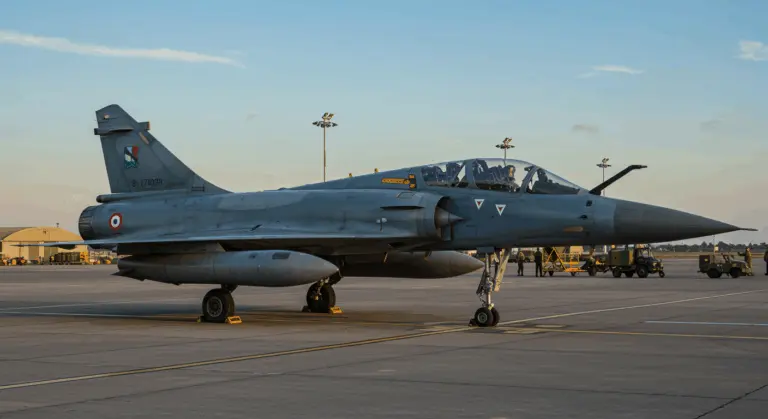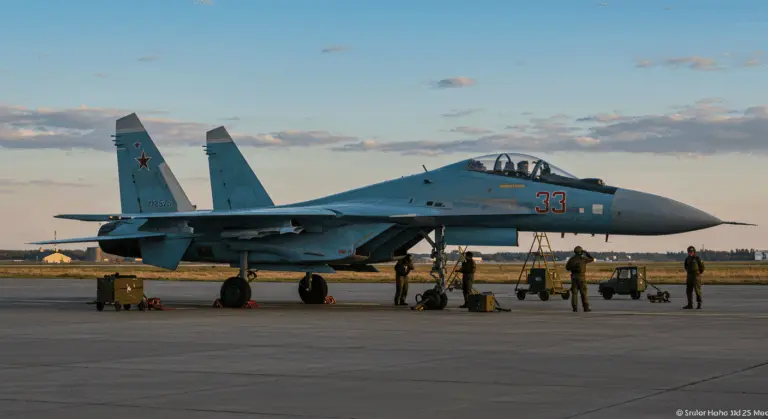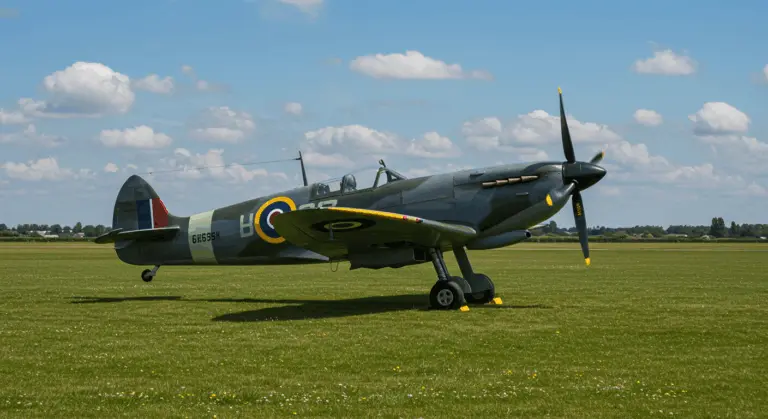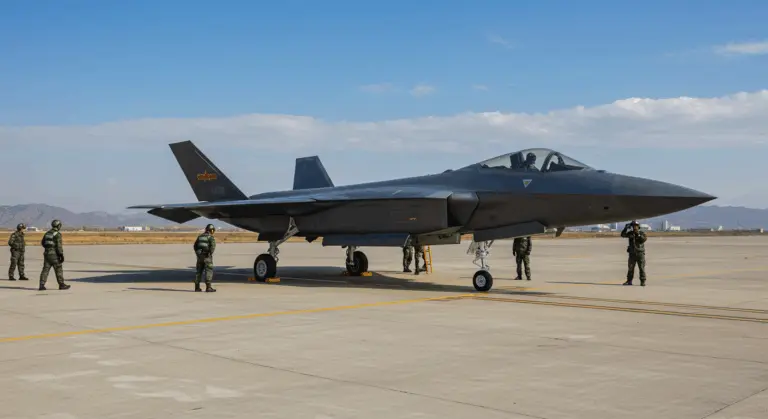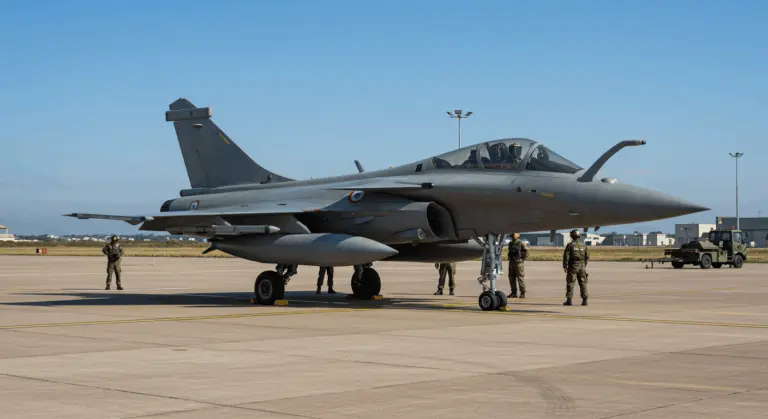Overview of the Messerschmitt BF 109
The Messerschmitt BF 109 remains one of aviation history’s most iconic fighter aircraft. Born from Willy Messerschmitt’s vision at Bayerische Flugzeugwerke (BFW) in the mid-1930s, this German monoplane fighter would become the Luftwaffe’s aerial backbone throughout World War II, fighting alongside the formidable Locke-Wulf FW 190.
The BF 109’s most striking characteristic is its extraordinary longevity and lethal combat effectiveness. This sleek, single-engine fighter claimed more Allied aircraft than any contemporary adversary while outlasting virtually every rival design, with a combat history spanning from the Spanish Civil War through World War II.
During the Battle of Britain, the BF 109 became Germany’s primary aerial weapon. However, limited fuel capacity restricted fighting time over Britain to a mere twenty minutes. Later, following Germany’s fateful invasion of the Soviet Union in June 1941, it would be heavily deployed across the vast Eastern Front.
Design and Development of the BF 109
Under Willy Messerschmitt’s guidance, the BF 109’s development took an unconventional approach for a fighter aircraft. Remarkably, it evolved from a light-plane design—an unusual genesis that contributed significantly to its exceptional performance and remarkable adaptability.
When the German Air Ministry issued its 1933 request for a modern fighter, Messerschmitt’s team at Bayerische Flugzeugwerke responded with revolutionary thinking. Their design philosophy emphasized three critical elements: simplicity, raw performance, and streamlined production. These factors became essential when wartime manufacturing demands reached fever pitch.
The prototype took to the skies in 1935, immediately demonstrating capabilities that secured production orders. The aircraft then underwent continuous evolution—each iteration incorporating hard-won combat lessons and cutting-edge technological advances.
Key Design Features
The BF 109 incorporated several innovative design features for its era:
-
All-Metal Monocoque Construction: Provided structural integrity while minimizing weight, a modern approach for the time.
-
Liquid-Cooled Inverted V12 Engine: Offered an excellent power-to-weight ratio and a streamlined profile that improved the pilot’s forward visibility.
-
Advanced Aerodynamics: Included a cantilever wing design to reduce drag and automatic leading-edge slats that deployed at low speeds to prevent stalls, enhancing maneuverability.
-
Simplified Production and Maintenance: Utilized a lightweight construction principle that concentrated loads in the firewall, simplifying the wing structure and facilitating easier maintenance.
-
Modern Components: Featured a retractable landing gear and a fully enclosed canopy to reduce drag and improve performance.
Operational History of the BF 109
The Messerschmitt BF 109’s operational saga began in the mid-1930s as Germany systematically rebuilt its air force. Combat baptism came during the Spanish Civil War (1936-1939), where it served with the Condor Legion supporting Francisco Franco’s Nationalist forces.
By September 1939, when World War II erupted, the BF 109 had already proven itself in battle. During the lightning Blitzkrieg campaigns—sweeping across Poland, Norway, Denmark, and France—the aircraft established crushing air superiority for the Luftwaffe.
When the Eastern Front exploded into action in June 1941, the BF 109 encountered Soviet air forces in massive aerial battles, Here, many Luftwaffe pilots achieved extraordinary victory tallies. From the sun-scorched Mediterranean and North African theaters to the desperate defense of the Reich against relentless Allied bombing campaigns, this versatile fighter remained Germany’s aerial backbone. Even as newer aircraft entered service, the BF 109 continued to be produced and upgraded until the war’s end in 1945, demonstrating remarkable adaptability across diverse combat environments and against increasingly capable opposition.
Variants of the Messerschmitt BF 109
Throughout its production life, the Messerschmitt BF 109 evolved through countless variants, each iteration introducing essential improvements to stay competitive as the war intensified. While early production models established the fundamental design DNA, later variants saw the most extensive combat service and sophisticated technological refinement.
The BF 109E, affectionately nicknamed ‘Emil,’ marked the first major production variant to taste significant combat. It featured prominently during the Battle of Britain, boasting the improved DB 601 engine and enhanced armament that made it a formidable adversary.
The subsequent BF 109G series (‘Gustav’) became the most widely produced variant, incorporating the significantly more powerful Daimler-Benz DB 605A-1 engine. This variant typically mounted a powerful 30mm MK 108 cannon firing through the propeller hub, complemented by two 13mm MG 131 machine guns positioned above the engine—delivering exceptional firepower.
The final major production model, the BF 109K (‘Burghers’), represented the peak of design evolution, featuring enhanced speed and superior maneuverability. This evolution demonstrated the soundness of the original concept, as each variant adapted to new requirements and more advanced Allied fighters.
BF 109G – The Most Produced Variant
The BF 109G ‘Gustav’ series represents the definitive and most prolific version of this legendary fighter. The G-6 sub-variant alone rolled off production lines in staggering numbers—over 12,000 units—making the Gustav the primary backbone of the Luftwaffe’s fighter force during the war’s brutal mid-to-late years.
The G-series was distinguished by its powerful Daimler-Benz DB 605 engine, providing essential high-altitude performance as aerial combat increasingly shifted to the stratosphere. The G-6, representing the most numerous sub-variant, introduced distinctive bulges on the upper cowling to accommodate larger 13mm MG 131 machine guns.
The G-series proved remarkably versatile, with specialized field modification kits (Frustrate) enabling diverse combat roles, including high-altitude interception, ground attack, and reconnaissance. Despite mass production pressures, the Gustav maintained exceptional quality while remaining fiercely competitive against increasingly sophisticated Allied fighters through 1944.
Notable Pilots of the BF 109
The BF 109 carried some of history’s most lethal fighter pilots into battle, their exceptional achievements establishing the aircraft’s legendary status. The most prominent among them was Erich Hartmann—dubbed ‘the Black Devil’—who achieved an unprecedented 352 aerial victories on the Eastern Front, primarily flying BF 109G and K models.
Another legendary ace was Hans-Joachim Marseille, the ‘Star of Africa.’ Operating in North Africa’s harsh conditions, he developed revolutionary deflection shooting techniques that enabled him to achieve 158 victories—almost exclusively against seasoned Western Allied pilots. His remarkable success showcased the BF 109’s capabilities when wielded by a master marksman.
Other top BF 109 aces included:
-
Gerhard Bark horn: 301 victories
-
Gunther All: 275 victories
-
Otto Kitten: 267 victories
These skilled pilots effectively utilized the aircraft’s key strengths: blistering climb rate, superior high-altitude performance, and powerful concentrated firepower. Against numerically overwhelming odds, they consistently emerged victorious. Their evolving tactics and the legacy of their achievements continue to influence aerial combat doctrine.
Specifications of the Messerschmitt BF 109
The following specifications for the BF 109G-6, the most-produced variant, are representative of the aircraft’s capabilities during the mid-to-late war period.
| Characteristic | Specification |
|———————|—————————————————–|
| Engine | Daimler-Benz DB 605A-1 inverted V12, 1,475 hp |
| Max Speed | ~640 km/h (398 mph) at optimal altitude |
| Service Ceiling | ~12,000 m (39,000 ft) |
| Range | 720–1,000 km, depending on fuel load |
| Armament | 1 × 20mm MG 151 cannon, 2 × 13mm MG 131 machine guns|
| Wingspan | 9.92 m (32 ft 6.5 in) |
| Length | 9.02 m (29 ft 7 in) |
| Height | 3.4 m (11 ft 2 in) |
| Empty Weight | ~2,700 kg (5,952 lb) |
Performance Characteristics
Legacy and Surviving Aircraft
The Messerschmitt BF 109 established a lasting legacy in aviation history as one of the most important fighter aircraft ever developed. With over 33,984 units manufactured, it claims the distinction of being history’s most-produced fighter aircraft.
The BF 109’s influence extended far beyond World War II, continuing service with multiple air forces for decades. Spain operated license-built versions (Hispano Aviation HA-1112) well into the 1960s, while Czechoslovakia, Finland, and Israel also embraced the fighter.
Today, aviation enthusiasts and historians can still appreciate surviving BF 109s housed in museums and private collections worldwide. These meticulously preserved aircraft serve as tangible bridges to a pivotal era in both aviation development and military history.
Beyond the physical aircraft themselves, the BF 109’s legacy endures through its profound influence on fighter design philosophy and the immortal legends of its pilots. Aces like Erich Hartmann became iconic figures in aviation lore, while the aircraft’s core design principles—particularly its revolutionary approach to power-to-weight ratio optimization—influenced entire generations of fighter development.

